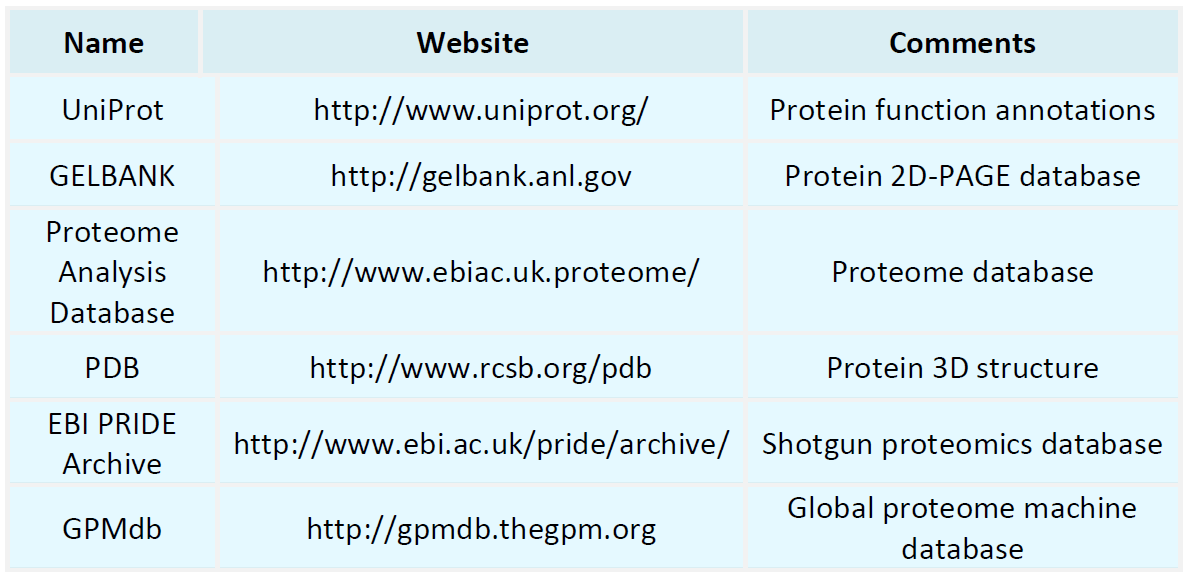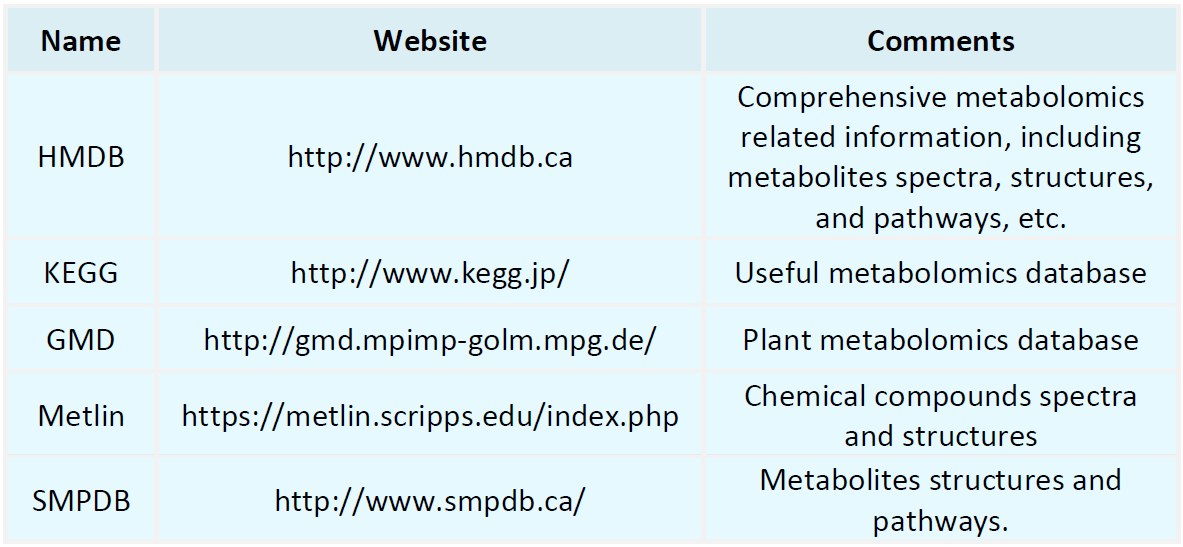Resources
Proteomics Databases

Metabolomics Databases

-
• Single-Cell DNA Methylation Sequencing
Single-cell DNA methylation sequencing is instrumental in analyzing DNA methylation patterns in individual cells. DNA methylation, a pivotal epigenetic modification, involves the addition of methyl groups primarily at cytosine bases within the DNA sequence. This modification impacts gene expression without altering the DNA sequence, playing vital roles in gene regulation, cellular development, and differentiation. Abnormal methylation patterns are closely linked to various diseases, particularly cance......
-
• Single-Cell Exome Sequencing
Single-cell exome sequencing technology is designed to investigate gene expression differences at the single-cell level. The exome encompasses the genome's protein-coding regions, which are vital for cellular functions. Through single-cell exome sequencing, researchers can precisely examine the gene-level distinctions among various cell types, shedding light on the differential functional characteristics inherent to each cell. In cancer research, this technology can pinpoint rare but lethal oncogenic ......
-
• Mouse Liver Single Cell RNA Seq
Mouse liver single cell RNA sequencing technology specializes in the analysis of RNA expression at the single-cell level within the mouse liver. This method reveals the gene expression profiles and functional states of various cell types. By resolving the heterogeneity inherent in biological samples, it serves as a powerful tool for investigating the biological characteristics of the liver, mechanisms of diseases, and drug effects. The liver, as a complex organ, performs essential physiological functi......
-
• Long-Read Single-Cell Sequencing
Long-read single-cell sequencing, which integrates long-read sequencing with single-cell analysis, has emerged as a powerful tool for dissecting complex biological questions. This technique has demonstrated significant potential across various research domains. In cancer research, long-read single-cell sequencing provides precise identification and localization of structural variations and point mutations within the genome. By delivering high-resolution genome maps, it facilitates a deeper understandi......
-
• Structure-Based Drug Discovery
Structure-based drug discovery is an approach that leverages the three-dimensional structural information of biomacromolecules to guide and advance new drug development. Techniques such as X-ray crystallography, nuclear magnetic resonance (NMR), and cryo-electron microscopy provide high-resolution protein conformations, enabling researchers to comprehend protein functions and their interactions with ligands. This approach not only accelerates the drug design process but also improves the precision and......
-
• Mouse Lung Single-Cell RNA Seq
Mouse lung single-cell RNA sequencing is an advanced genomics technology designed to analyze gene expression at the single-cell level in mouse lung tissue. This approach unveils cellular differences and interactions, providing crucial insights into the physiological functions and pathological modifications of the mouse lung. The lung is a complex organ comprising various cell types, such as epithelial, stromal, and immune cells, each contributing uniquely to its development, maintenance, and disease p......
-
• Bone Marrow Single Cell RNA Seq
Bone marrow single cell RNA sequencing is a high-throughput transcriptomic technique that focuses on individual cells to explore the diverse gene expression profiles within bone marrow. By reverse transcribing, amplifying, and sequencing mRNA from each cell, this approach unveils the transcriptional heterogeneity at the single-cell level, allowing for a detailed characterization of the state, function, and interactions among various cell types in complex bone marrow tissues. Unlike traditional bulk RN......
-
• 10x Genomics Next Generation Sequencing
10x Genomics next generation sequencing combines unique single-cell sequencing capabilities with high-throughput genomic sequencing technology, enabling detailed analysis of complex biological samples. Its applications in biomedical research are wide-ranging, with particular significance in cancer research. By sequencing the genomes of individual cancer cells, researchers can uncover tumor heterogeneity, identify key driver genes involved in tumorigenesis and progression, and pinpoint potential therap......
-
Medical proteomics is a specialized branch of proteomics applied to medical research. It involves the use of systematic and high-throughput protein analysis technologies to study the expression, structure, post-translational modifications, and interaction characteristics of proteins in biological samples such as human tissues, blood, and body fluids, aiming to uncover the mechanisms of disease onset, progression, and intervention targets. As a critical layer connecting the genome to the phenotype, pro......
-
• Protein-Protein Interface Analysis Server
The Protein-Protein Interface Analysis Server is a specialized tool designed for investigating interactions between proteins. In life sciences research, proteins are key molecules involved in virtually all biological processes, and the interactions between proteins are fundamental to the realization of various biological functions. The primary function of the Protein-Protein Interface Analysis Server is to identify and characterize these interaction interfaces, thereby helping scientists understand th......
How to order?







